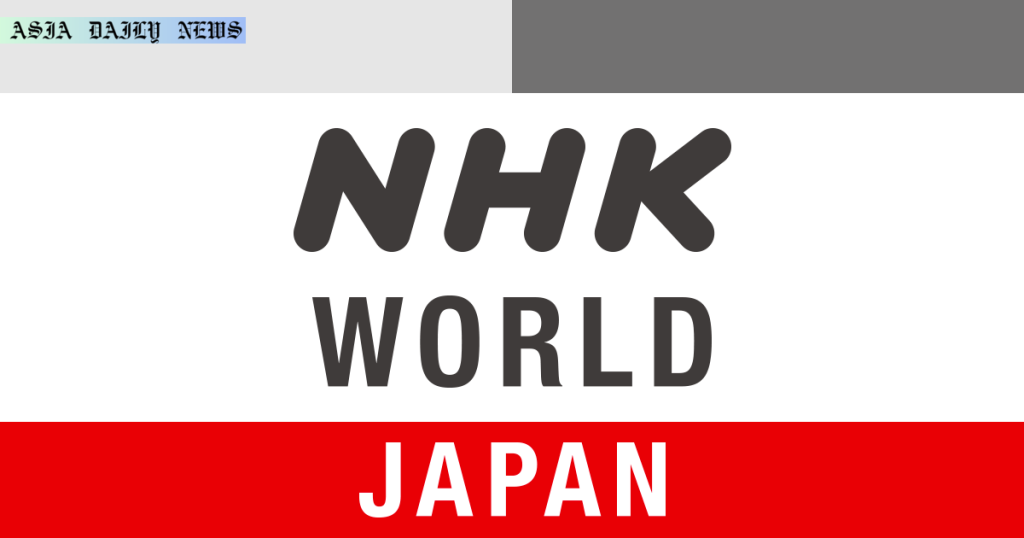Price Hikes in Japan: Food makers in Japan are set to raise prices on more than 1,900 items in June, with seasonings leading the surge.
The cost of over 1,900 food items in Japan is increasing starting June.
Seasonings, processed foods, and dairy products are the most affected categories.
Price hikes stem from rising material, production, and distribution costs.
Price increases this year exceed 16,000 food items and could reach 20,000 by year-end.

Overview of Japan’s Food Price Hike
Japan’s food industry is experiencing a wave of price increases as over 1,900 food items are set to see higher costs starting in June. According to a survey conducted by Teikoku Databank, a private research firm, 195 major domestic food companies have announced price hikes for 1,932 products. Among these, seasonings, such as spices and broth products, account for the largest category with 962 items affected. Additionally, 755 processed food items, including instant noodles, seaweed, and precooked rice, along with 106 dairy products like yogurt and cream, will also see notable cost increases.
Driving Factors Behind the Cost Increase
The announced price hikes can be attributed to a rise in material costs and the surging production costs driven by increasing utility fees. The inflationary pressure, exacerbated by global economic challenges, has left food manufacturers with limited options to absorb costs. Energy and labor expenses, coupled with supply chain disruptions, have forced companies to pass on some of these costs to consumers to maintain business operations.
Comparative Trends: Food Prices in Perspective
This price surge is not an isolated occurrence. Since the start of the year, announcements of price increases have exceeded 16,000 food items, approximately 30% higher compared to the planned increases for 2024. The cumulative uptrend signals persistent inflationary pressures in the food sector, with projections suggesting the number for the entire year may surpass 20,000 items for the first time in two years. Such an outlook paints a challenging scenario for both manufacturers and consumers alike.
The Consumer Impact of Rising Costs
Consumers in Japan are grappling with rising grocery bills as price increases affect staple items across various categories. Staples like cooking seasonings, processed foods, and dairy products are essential in households, intensifying the financial strain on families. With persistent inflationary trends, the cost of living is on the rise, potentially affecting consumption patterns and household budgets as families seek to adjust to the ongoing economic pressures.
Future Considerations for Price Stability
The prospect of price stability remains unclear given the prevailing economic trends. While manufacturers are under increasing pressure to cope with global supply chain challenges, innovations in domestic production and sourcing, coupled with governmental policies to curb inflation, could potentially mitigate some of these challenges. Long-term strategies will likely focus on enhancing production efficiency, introducing cost-saving measures, and adopting sustainable supply chain practices in order to stabilize the market without further burdening consumers.
Commentary
Widespread Impacts on Consumers
The news of over 1,900 food items facing price increases in Japan reflects the broader economic difficulties that are impacting households worldwide. For consumers, particularly those with lower income levels, such surges are bound to create financial burdens. Grocery bills are expected to rise significantly at a time when global inflation continues to erode purchasing power. Families may need to revisit their food budgets, possibly opting for less variety in their diets or even sacrificing nutritional quality in favor of cost savings.
Persistent Challenges for Manufacturers
From the perspective of manufacturers, this scenario is equally challenging. Declining profit margins due to increased material, energy, and labor costs leave little room for maintaining competitive prices. To offset these losses, passing costs onto the consumer becomes an inevitable choice. However, this comes with its own risks, as higher prices could dampen demand. Striking the right balance between financial sustainability and consumer retention is an ongoing dilemma for companies navigating this economic landscape.
Broader Economic Signals
The year 2023 has seen food prices rise by over 16,000 items, highlighting the larger inflationary trend within the global economy. The projected surpassing of 20,000 price hikes for the year is a signal of the pressures faced by both businesses and economies. High utility fees, disrupted distribution channels, and volatile global commodity markets are compounding the problem. For policymakers, this serves as a clear call to prioritize measures that help stabilize the economy, potentially including subsidies or targeted financial relief for affected sectors.
Looking Ahead
As we move forward, collaborative efforts between government bodies, industry leaders, and consumers will be crucial to weather this period of economic turbulence. Ensuring sustainable production processes, investing in efficient technologies, and encouraging dialogue on price control mechanisms may help address the root causes. In the end, resilience and adaptability will play key roles in overcoming the challenges arising from these rising costs, benefitting both producers and consumers in the long term.



